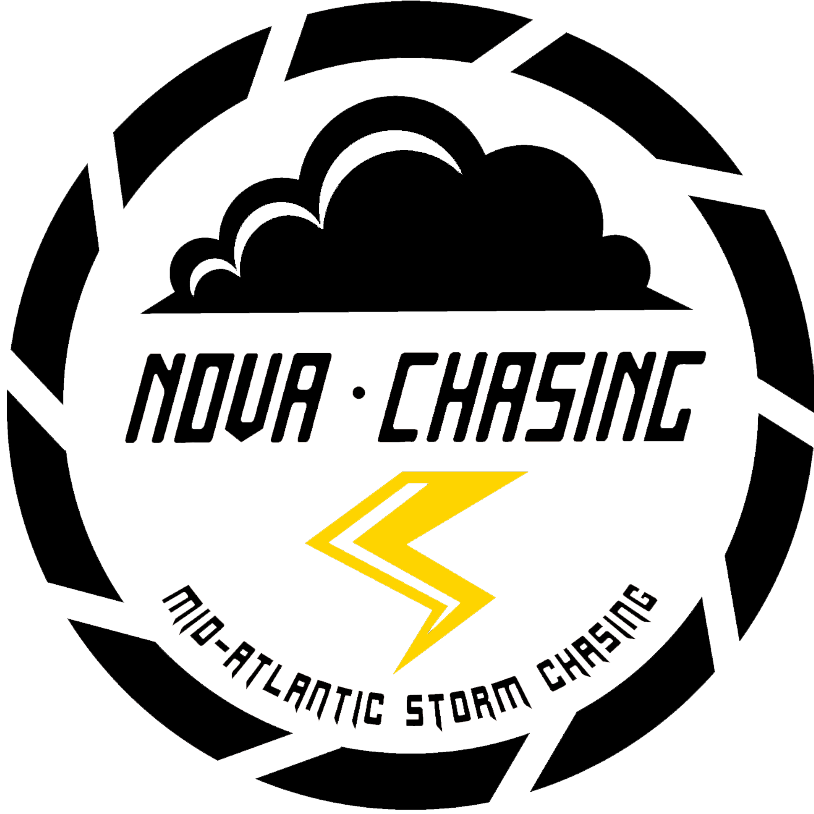12z sounding from Sterling, VA. Note the strong temperature inversion (cap) at 600mb
The updraft as viewed from Ruckersville looking north. Photo same time as radar grab just before 6pm.
Mesocyclone striations developing, and an RFD cut visible.
Small wall cloud on the far side of the RFD. Hail core also visible in the background.
The view of the inflow band and updraft vault. Looking nearly straight up in Orange at 6:30.
Microburst/rain foot as viewed from the Orange airport.
The supercell as viewed from south of Unionville. 6:45
RFD shelf. Random field north of Lake Anna approx. 7:00pm
The shelf cloud continued to improve. Approx. 7:15pm


Note the more vertical stack and crisp edges as compared to before. This was an indication of re-intensification. There is also probably a low wall cloud there in the center of the frame.
Genuinely stunning structure. 7:30 pm
A shot snagged through the windshield as we left a viewing field. Giant mesocyclone closing in!
Scary-looking shelf cloud. Looking straight into the hook




